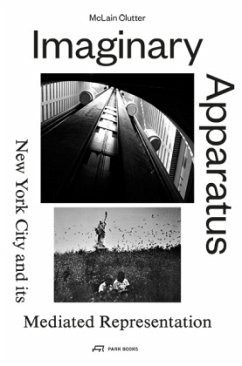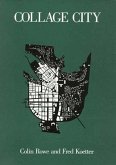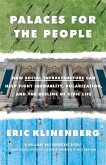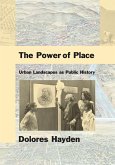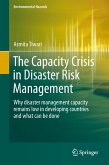In the late 1960s and early 1970s, the John Lindsay administration in New York City created innovative policies to try to draw on-location media production to the city. At the same time, the New York City Planning Commission was producing a wealth of documents that clearly reflect the influence of various media depictions of New York.
Imaginary Apparatus reveals the links between those two efforts, showing how they fed each other. As more and more films and TV shows were shot on location in New York, mediated images of the city and its buildings proliferated-and those same images exerted a powerful influence on the imaginations of the planners who were generating ideas for New York's future development.
Included with this book is a DVD featuring the movie What Is the City but the People?, the film version of the 1969 "Plan for New York City," a unique document that has never before been publicly available.
A groundbreaking exploration of a key moment in New York history, Imaginary Apparatus reveals fascinating hidden linkages between representations of the city and the actual built environment.
Hinweis: Dieser Artikel kann nur an eine deutsche Lieferadresse ausgeliefert werden.
Imaginary Apparatus reveals the links between those two efforts, showing how they fed each other. As more and more films and TV shows were shot on location in New York, mediated images of the city and its buildings proliferated-and those same images exerted a powerful influence on the imaginations of the planners who were generating ideas for New York's future development.
Included with this book is a DVD featuring the movie What Is the City but the People?, the film version of the 1969 "Plan for New York City," a unique document that has never before been publicly available.
A groundbreaking exploration of a key moment in New York history, Imaginary Apparatus reveals fascinating hidden linkages between representations of the city and the actual built environment.
Hinweis: Dieser Artikel kann nur an eine deutsche Lieferadresse ausgeliefert werden.
«Clutter compellingly argues that the John Lindsay Administration in New York City (1966-1973) helped to construct an apparatus in which the forces of media and urban planning fed off each other to foster a new, more economically vibrant metropolis. . . . The book provide[s] an excellent case study of the role of media within urban design. . . . Designers should not write off the effects of their particular dominant media form on the planning process; in a time in which our virtual lives can seem comparably important to our physical ones, we may start swiping left on our cities if we ignore the effects of our contemporary imaginary apparatus.» Julia Ingalls, Archinect
«Wer sich schon immer gewünscht hat, jenseits der Kulissen von 'Mad Men' mehr über New York zu jener Zeit zu erfahren, wird mit diesem Buch viel Spass haben.» Dagmar Ruhnau, db deutsche bauzeitung
«Wer sich schon immer gewünscht hat, jenseits der Kulissen von 'Mad Men' mehr über New York zu jener Zeit zu erfahren, wird mit diesem Buch viel Spass haben.» Dagmar Ruhnau, db deutsche bauzeitung

